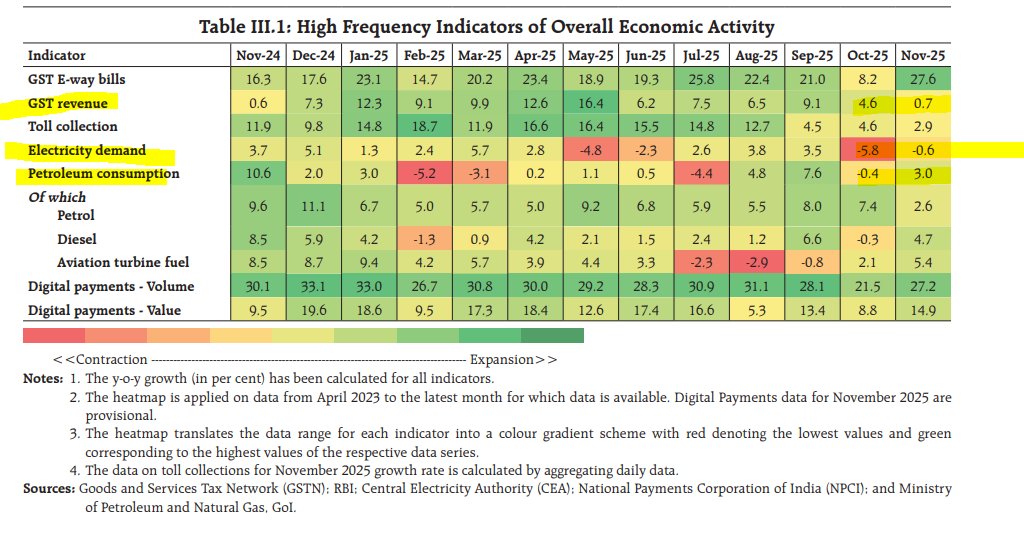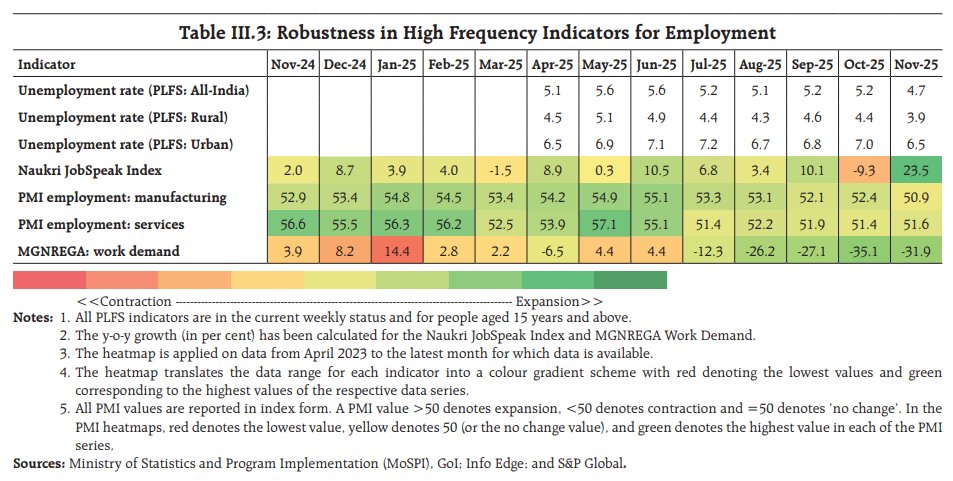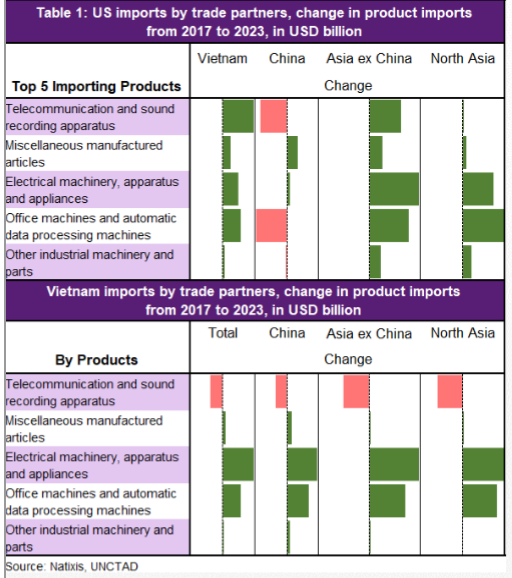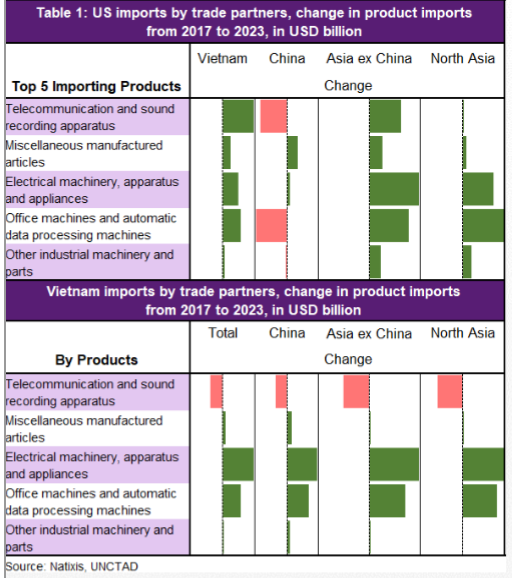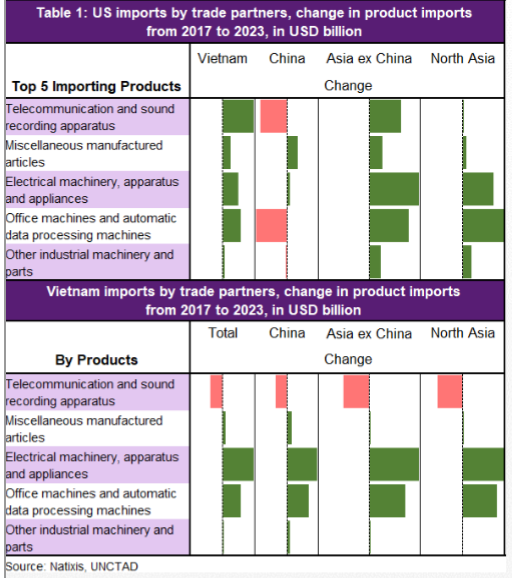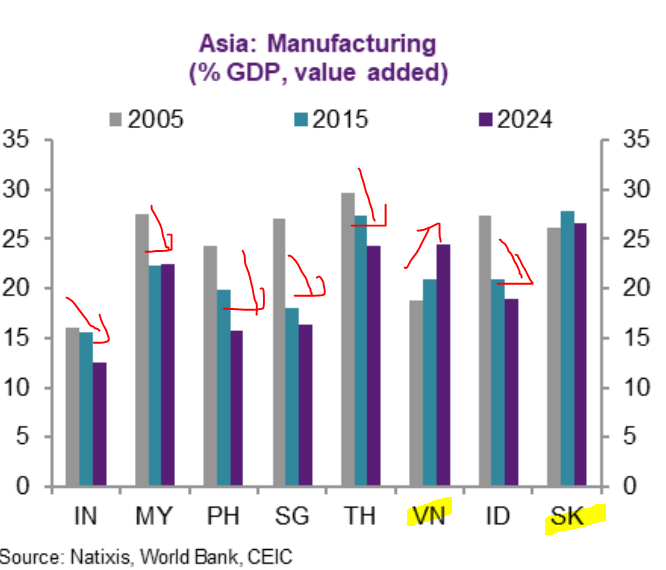All these stories have one thing in common: these people are in the early or late thirties but unmarried/uncoupled, alone, paying rent & living alone in a city & so when the pandemic came the allure of the city disappears & only costs show up. Nothing wrong about coming home but
https://twitter.com/BuzzFeedNews/status/1310672071077363714
These adults represent the trends we see about millennials (older millennials shall I say) & that we treat our thirties like our twenties, prolonging life-long choices such as finding a life partner, a career to stick around & also investing in the future beyond the short-term.
All choices have costs. If they are lucky, parents live close to the city & nice & they get along with & basically providing the nuclear family that they should already be creating on their own. I wonder if going home helps them realize that they have to make adult choices soon.
Or it is just a crutch for them to flee to safety & stability & then return back to the way they were when being alone in the city is safe & fun again until another shock occurs. These stories aren't unique, they are the story of our generation & basically the future of us. Scary
Scary because we are all Peter Pans. We want to have fun & not grow up & learn & live whimsically & not make choices that are consequential for life, something people used to do.
And being free has costs too of course. If you don't commit, u don't have commitment. Feedback loop
And being free has costs too of course. If you don't commit, u don't have commitment. Feedback loop
An essay by Elizabeth Wurtzel, author of Prozac Nation, on what it's like to be 44 & living like u're 24 in New York City.
She refused to grow up: no husband, children, real estate, stocks, bonds, 401k, emergency funds, savings account.
She had $ but..
thecut.com/2013/01/elizab…
She refused to grow up: no husband, children, real estate, stocks, bonds, 401k, emergency funds, savings account.
She had $ but..
thecut.com/2013/01/elizab…
She said, "It's not that I have not planned for the future; I have not planned for the present."
She hadn't planned for growing older (her friends all moved on beyond 24 w/ kids etc) & she said this:
I lived with intent, but at all specific, & had no ability to compromise.
She hadn't planned for growing older (her friends all moved on beyond 24 w/ kids etc) & she said this:
I lived with intent, but at all specific, & had no ability to compromise.
I have not disciplined myself into the kinds of commitments that make life beyond the wild of youth into a haven of calm.
And I have spent that freedom carelessly. Would I do anything else? I did not expect, not ever, to be scared to death.
I made a career out of emotions.
And I have spent that freedom carelessly. Would I do anything else? I did not expect, not ever, to be scared to death.
I made a career out of emotions.
Her bio:
Born in Upper West Side, educated at Harvard, published a book that became famous at 27 & got tons of $$$ for it & spent it all on drugs & fun & designer clothes. Wrote memoirs on addiction w/ mixed successs. Went to Yale Law School & worked as a lawyer & later writer.
Born in Upper West Side, educated at Harvard, published a book that became famous at 27 & got tons of $$$ for it & spent it all on drugs & fun & designer clothes. Wrote memoirs on addiction w/ mixed successs. Went to Yale Law School & worked as a lawyer & later writer.
Somehow her essay stuck with me & I remembered it. She was a great writer, quite honest & raw in her ability to reveal her vulnerability.
Don't forget that she was wildly successful in her youth & had plenty of talent & beauty.
Still, aging scared her. 44 going on 24 is no fun.
Don't forget that she was wildly successful in her youth & had plenty of talent & beauty.
Still, aging scared her. 44 going on 24 is no fun.
• • •
Missing some Tweet in this thread? You can try to
force a refresh


